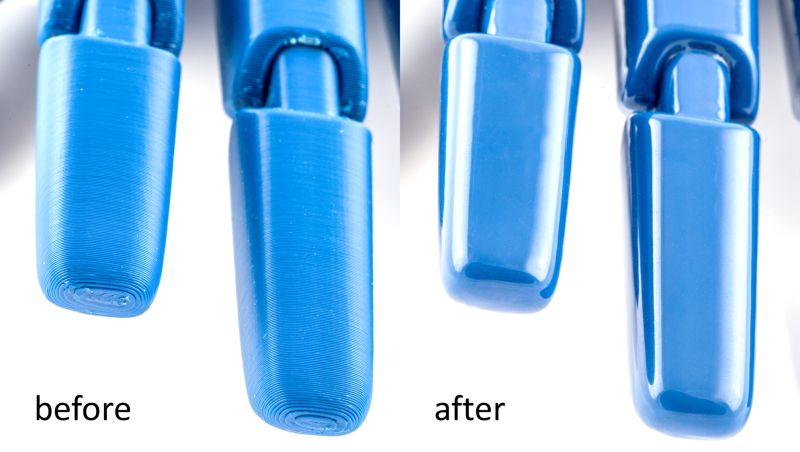We’re proud to have been featured in an in-depth article published by Plast Magazine, one of Italy’s leading industry publications.
The article explores our approach to additive finishing based on Deep Molecular Modeling, a technology developed to optimize the post-processing of 3D-printed components.
📖 Read the full article here 👉 https://www.plastmagazine.it/deep-molecular-modeling-rivoluzione-molecolare-finishing-additivo/
